Early one Thursday morning in June 1839 two young Melbourne men at an empty racecourse stood 16 paces from one another armed with pistols, preparing to face each other in a duel. The duellists were George Arden, the dashing young editor and co-proprietor of the Port Phillip gazette newspaper, and Doctor Barry Cotter, Melbourne’s first medical doctor.
It is not known what led to the duel but it appears Dr Cotter took offence at something Arden said. After an apology was refused, Dr Cotter issued a challenge to Arden proposing ‘the usual alternative’ to resolve the dispute. Cotter was evidently nervous: the Port Phillip patriot described him as discharging his weapon ‘as nearly at his opponent as he palsied state of his nerves would allow’. In his trembling state, Cotter missed his target and Arden, in a generous display of chivalry, fired his pistol in ‘quite a different direction to where the totterer stood’. The result: no one was injured, and each gentleman’s honour was saved. The two men had fought what was probably Melbourne’s first duel between two colonists.
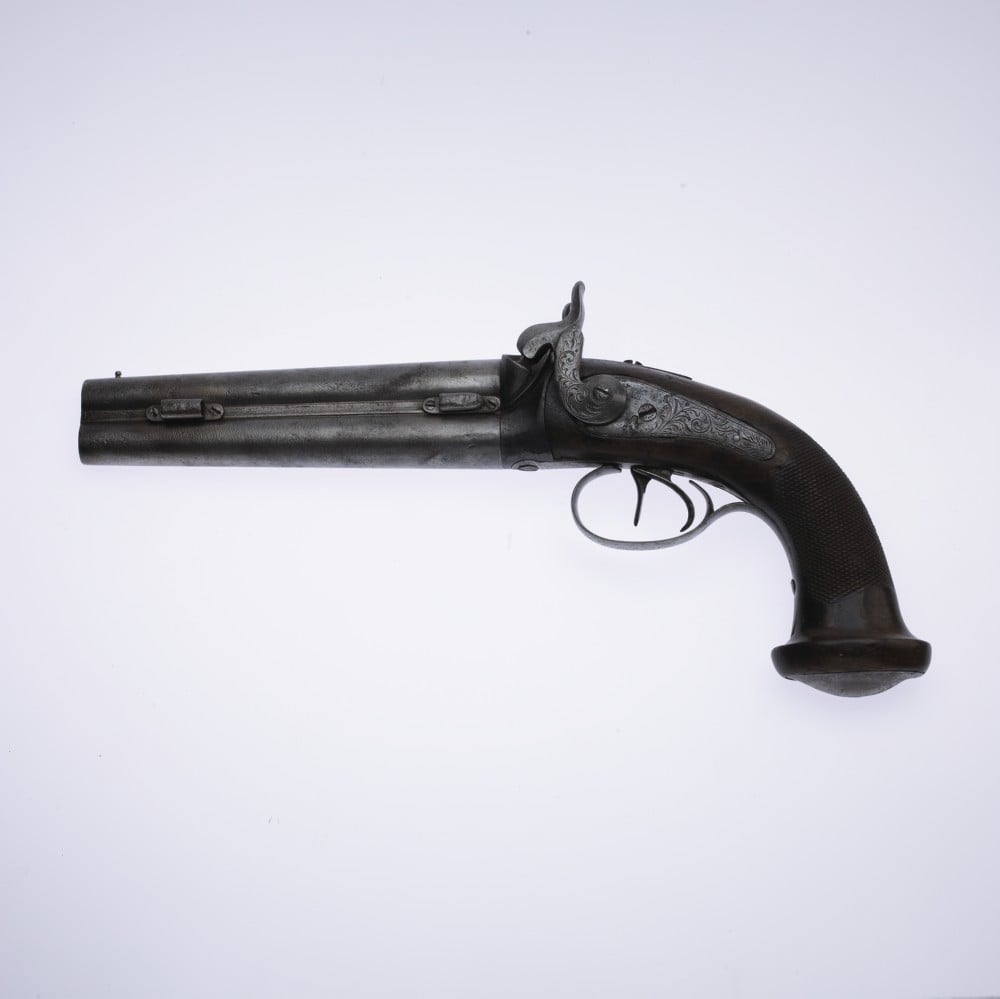
Duelling as a means for Gentlemen to settle disputes and matters of honour had a long history in Europe but by the 1830s, it was starting to disappear, especially in Great Britain. Duelling, and ‘trial by combat,’ was actually made illegal in the early 1800s, but the custom lingered, and juries were reluctant to find gentlemen guilty, providing it was found that they had acted with honour. Over time however, duelling was seen more and more as an anachronism in societies that were becoming increasingly urban, middle class, and litigious. In Port Phillip though, the tradition remained. Young, affluent men of the colony still aspired to notions of honour and chivalry, and several duels occurred in the 1840s.
Some of these have been described with great colour by Edmund Finn aka Garryowen in his Chronicles of early Melbourne. The duel between Peter Snodgrass and William Ryrie began on the evening of 1st January 1840 at the Melbourne Club: ‘the head-quarters of the fastest and most hot-blooded youngsters about town’ (p. 776). Again, it is not known what led to the duel. Gambling debts, competition for a woman’s affection, or perceived insults and a lack of respect were common reasons for challenges to be issued. According to Finn the young gentlemen of Port Phillip needed little reason to lurch into a show of ‘martial ardour’. The site chosen for this duel was the western slope of Batman’s Hill, near the present day Southern Cross Railway Station on Spencer Street. Far from a serious exchange this affair soon descended into a comical farce. To begin with no duelling pistols were readily available. These had to be secured by a midnight night ride by Ryrie’s assistant (or ‘second’) to the home of Joseph Hawdon of Heidelberg. Having secured the pistols it was then discovered that there was no ammunition.
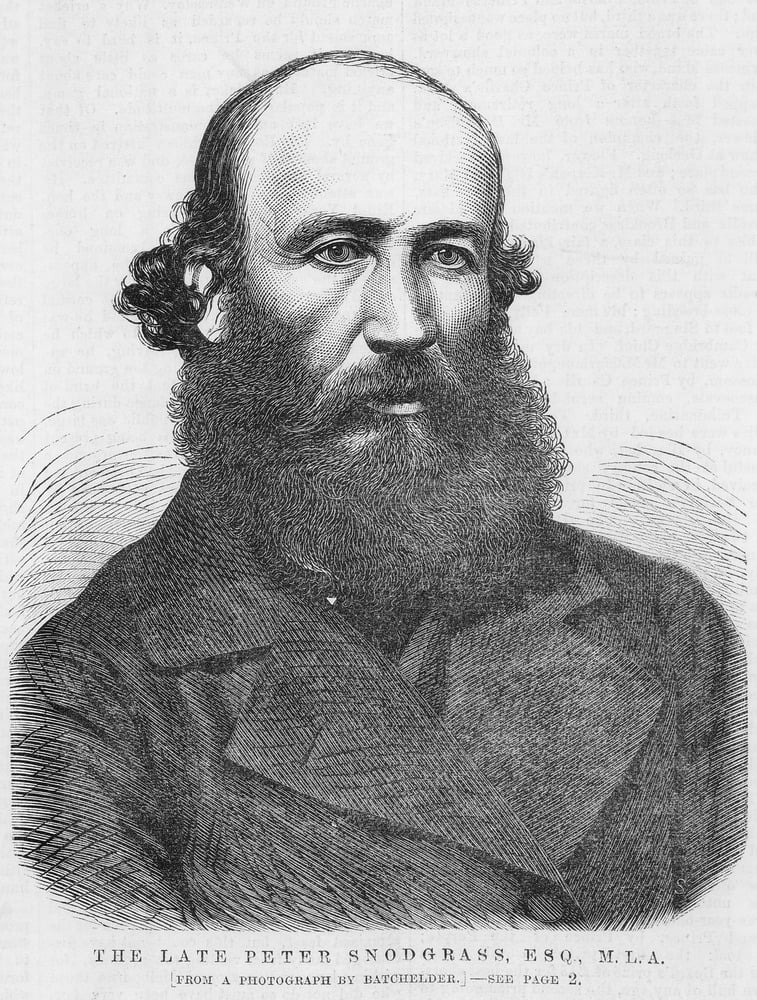
Peter Snodgrass, 1867; IAN20/12/67/13
It was soon determined that the only place that ammunition could be obtained was at the home of the Military Commandant Captain Smith in Collins Street. Lt Vignolles, Snodgrass’s second was reluctant to wake his commanding officer in the dead of night so again it was Ryrie’s second who made the errand, and despite the reluctance of Captain Smith and the protests of his wife – who surely suspected the reason for such a late hour request for shot and powder – the necessary supplies were obtained. All that remained was to get a surgeon to attend. Dr D.J. Thomas, a surgeon living in Bourke Street was then persuaded his attendance was essential. Finally, the parties assembled at Batman’s Hill by which time daylight had arrived. Snodgrass was by now so anxious to enter combat that he mishandled his pistol and shot himself in the toe. Ryrie, enacting the gentleman’s code, then fired symbolically in the air to end the duel.
View from Batman’s Hill. A place where duels were fought in the 1840s; H92.334/11
Another duel occurred in August of 1841, this time involving Peter Snodgrass and a young Irish-raised barrister named Redmond Barry. Both were members of the Melbourne Club. Barry had written a letter to a friend containing some less than complimentary remarks about Snodgrass. When Snodgrass found out he was offended, so he challenged Barry, the future Supreme Court judge, to a duel. This ‘affair of honour’ took place near the shoreline in Albert Park. Barry dressed up for the occasion and in Finn’s description, was attired in a ‘peculiarly fabricated bell-topper, strap-trousered, swallow-coated, white vested, gloves, and cravated to a nicety’ (p. 779).
Once the two duellists were in position Barry was said to have ‘elevated himself into a majestic pose’ and ‘calmly awaited the word of command’, while Snodgrass ‘fussed and fidgeted’, though more through impatience to commence than through any fear (p. 780). Unfortunately, Snodgrass’s fidgeting caused a premature expulsion of his pistol, just as had occurred in his duel with William Ryrie. Barry was not hit, so he ‘magnanimously fired in the air’. The combatants decided their honour was satisfied and ended the duel.
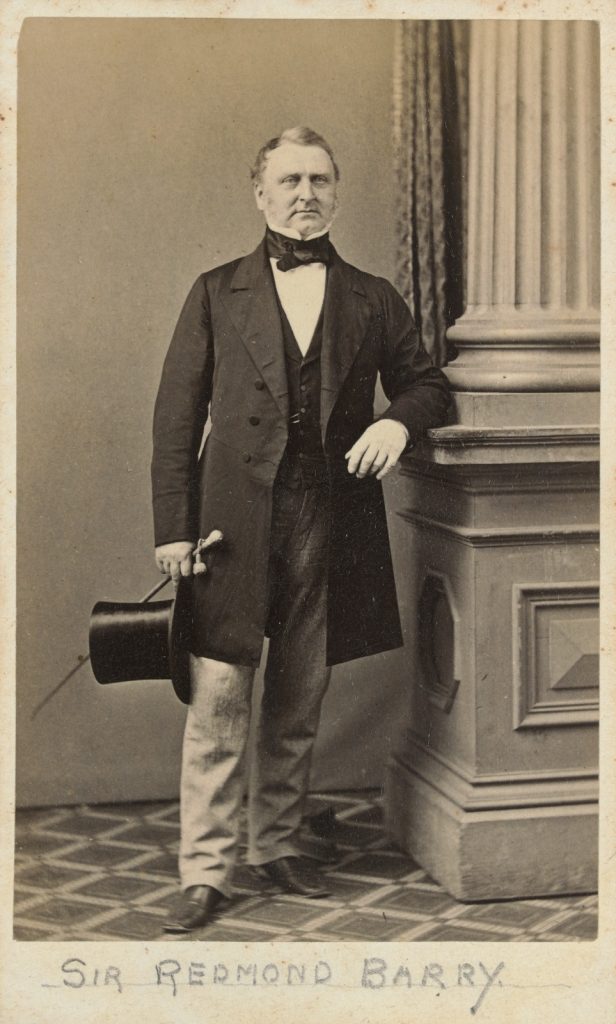
Sir Redmond Barry, 1863; H90.90/80
Barry’s chivalrous act of firing in the air was in keeping with the code of honor which was widely understood to govern how duels and quarrels were conducted. The code was more than just oral tradition; there were published works on the code such as Joseph Hamilton’s, The only approved guide through all the stages of a quarrel: containing the Royal Code of Honor; reflections upon duelling… ; and the outline of a court for the adjustment of disputes, published in 1829. This was a pocket book size which could be conveniently carried to a duel and consulted. It contained such rules as: Duellists may leave the field after the discharge of a single shot (article 31), and ‘[a] principal should not be allowed to wear light coloured clothing, ruffles… or any other very attractive object upon which the eye of his antagonist may rest’ (article 29).
Each duellist chose a ‘second’ to represent them, who would act as a cross between a referee, and a cornerman. It was the seconds who organised the duel on behalf of the adversaries, ensured the presence of a surgeon to treat any injuries, and mediated the actual event. Article 16 of the Royal Code of Honour cautioned great care in the selection of a second, warning combatants not to choose a man who was ‘passion’s slave’.
Much was expected of the duellers’ seconds, including the deployment of dispute resolution techniques which were meant to to give the duellist a chance to withdraw with honor, rather than go ahead with the duel. If these various cooling off measures failed, there were specific instructions on how to conduct a duel. These included details such as how much distance there should be between duellists, how the command to fire was given, and most importantly, the provision of identical pistols to each duellist.
Several other duels occurred in the 1840s but no one was ever fatally injured. It seems the duels were more farcical than real, although they were inherently risky. By the 1850s the custom had virtually ceased in the colony. The last reported duel in Australia was probably that fought between Sir Thomas Mitchell and Stuart Donaldson, MLC, in Sydney in 1851.
Although the custom continued in other parts of the world such as Russia and France for several decades, by the 1900s, the age of duelling was virtually over.
Further reading
De Serville, Paul, 1980,Port Phillip gentlemen: and good society in Melbourne before the gold rushes. Melbourne, Oxford University Press. See chapter 5, ‘A question of honour’ and appendix 6, ‘Duels, challenges, horsewhippings and courts of honour’ on pp 106-124 and 214-216
Finn, Edmund, 1976, The chronicles of early Melbourne, 1835 to 1852 : historical anecdotal and personal by ‘Garryown’, (Centennial ed), Melbourne, Heritage Publications, vol 2. See ‘The duello’, p 774-784
Hamilton, Joseph, 1829, ‘The only approved guide through all the stages of a quarrel: containing the Royal Code of Honor; reflections upon duelling; and the outline of a court for the adjustment of disputes’, London, Hatchard & Sons. Also available online at the Internet Archive
Hopton, Richard, 2007, Pistols at dawn: a history of duelling, London, Portrait
You may also like

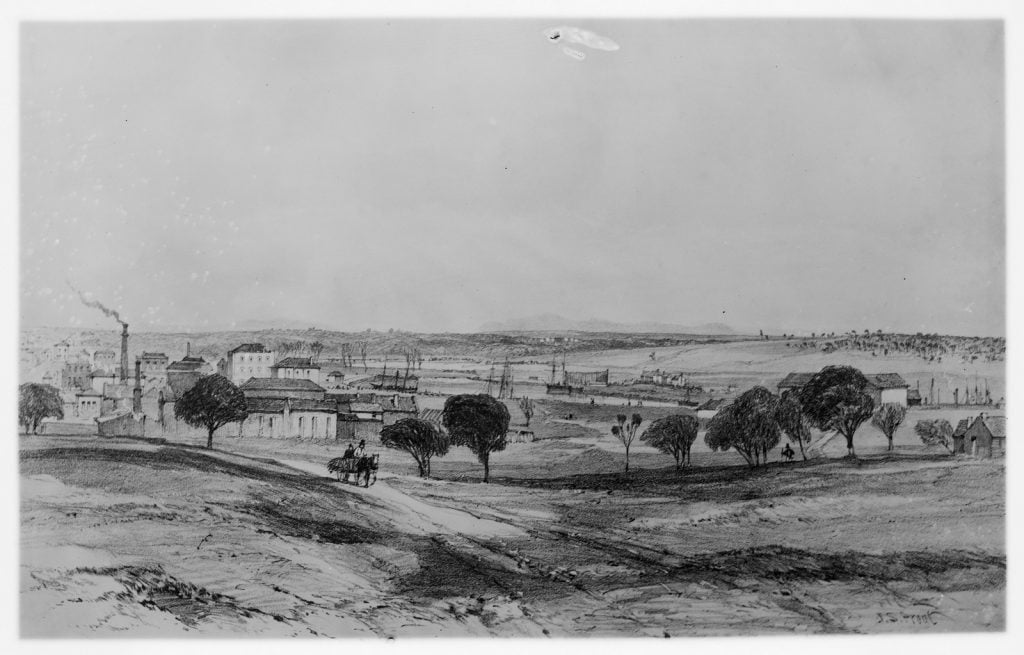
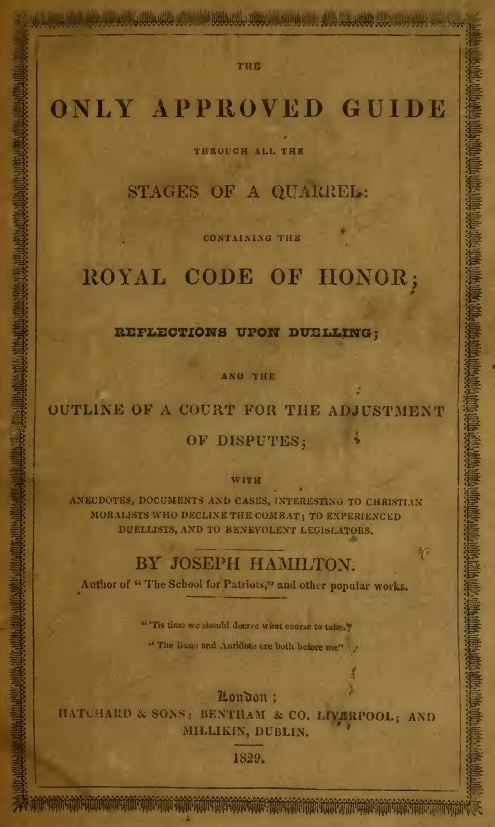

A great blog, Tim, on a little-researched practice.
Very well written, Tim. I laughed aloud at the Batman Hill duel, very colourful.